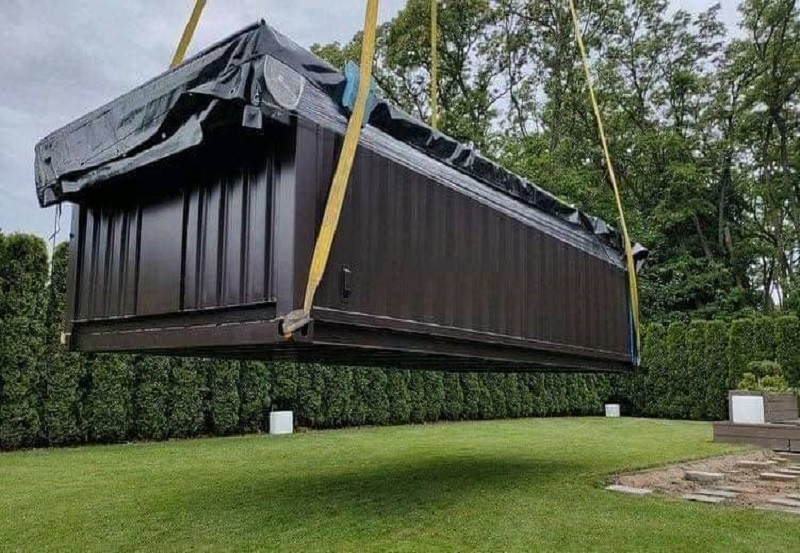As different places have different climates, there are many reasons you might need to choose a few shipping containers with proper ventilation. So, if you are among those people who are considering opting for shipping container ventilation, here is a detailed guide for you.
What is a ventilated container?
As you can realize from the name, shipping container ventilation or ventilated shipping containers are fitted with special air openings or vents. These can be seen on the bottom and top side rails of the container. For specific types of cargo, these vents can also be custom fitted.
Coffee containers are another name for ventilated containers because of their widespread application in the shipping of high-moisture goods such as cocoa seeds, coffee beans, and a variety of other products. Therefore, let us acquire some knowledge regarding the shipping container ventilation.
Why is shipping container ventilation crucial?
When it comes to cargo containers, a bad ventilation system can make people more exposed to different environments, which could lead to a number of health problems. Without the right kind of ventilation, items inside your container will start to moisten after some time.
Moisture is a common problem in many places where things are stored, and it could hurt your goods. Such as:
- If there isn’t enough air flow, the area around the products inside may become too hot and humid for them.
- Depending on certain items, like fresh produce, foodstuffs, or flowers, moisture might cause a product to lose its quality.
- If there is a chance for condensation to occurs, then it might cause bacteria and mold. This may destroy products and even create health issues from chronic exposure.
So, the best way to avoid these problems is to choose shipping containers with good ventilation. The right kind of ventilation allows the natural air movement of convection as well as forced air circulation.
This airflow helps in the escape of the excess moisture-laden air, keeping the products of your container in the desired condition.
Where do you need to install the vents?
It is vital to remember not only the location of vents in your container but also what direction the air needs to flow.
For good quality shipping container ventilation, you may install a whirlybird collar, along with a whirlybird, on the roof of your shipping container. Next, vents need to be installed along container walls to help the whirlybird in air circulation. This will help the hot air to rise out of the shipping container and cooler air to move inside from outside.
After a constant current has been established, convection can be used to generate the necessary ventilation. Installing a cargo container’s vents in a straight line can be ideal.
What kind of ventilation do you have to install?
There are multiple ways to improve your shipping container ventilation, and these ways will vary according to your intended use. Some of the significant solutions regarding your shipping container ventilation needs can be:
- Large Steel Louvered Vents.
- Small Vents for Natural Ventilation.
- Whirly Birds/ Turbine Vents

Different types of container ventilation
There are two main types of shipping container ventilation that you can get to use. Such as:
1. Active container vents
You can add bigger vents to your shipping container so that air can move through it better. These are called ‘active container vents’ and sometimes need mechanical fans to circulate air efficiently.
These vents are also made so that rain and sea spray can’t get into the container while it’s being shipped However, these vents require electricity to operate, and hence, you may need to bear an extra cost.
2. Passive container vents
These are vents with smaller openings than active container vents. You can find these on almost all types of standard dry containers. Because they allow or promote minimal airflow, these container vents are ideal for cargo that isn’t particularly sensitive to climate change.
Do you need to install shipping container ventilation?
You can feel a lot more comfortable in your space just by cooling down the inside air of your shipping container through proper ventilation. Whether it is a whirlybird turbine or other vents, you need to look for a professional technician to meet your requirements regarding shipping container ventilation.
Thus, shipping container ventilation plays a vital role in keeping all your perishable products inside a container for several weeks, and hence, you need to install one as soon as possible.

